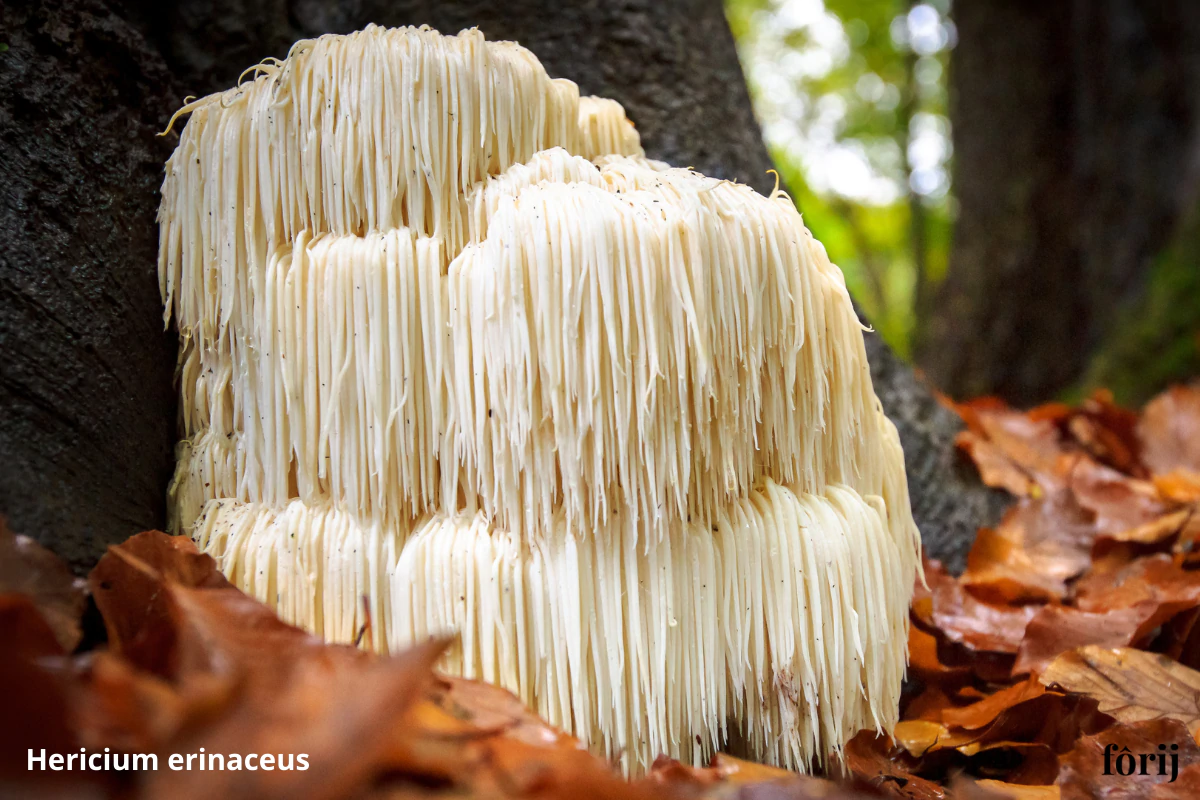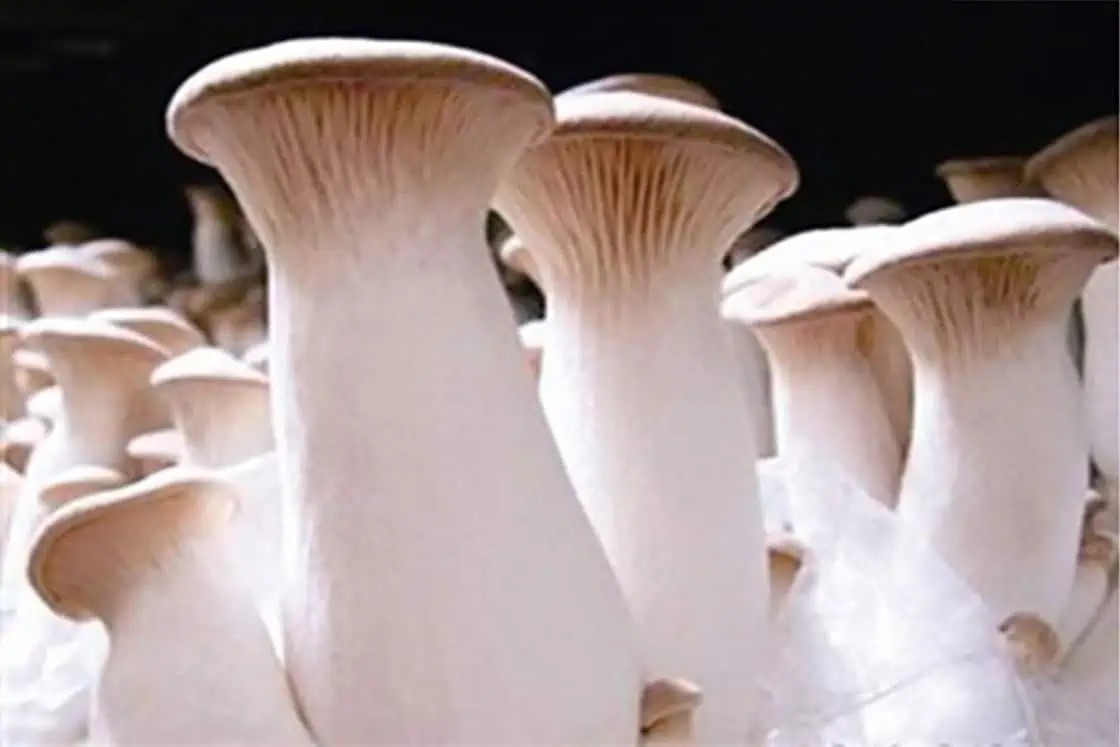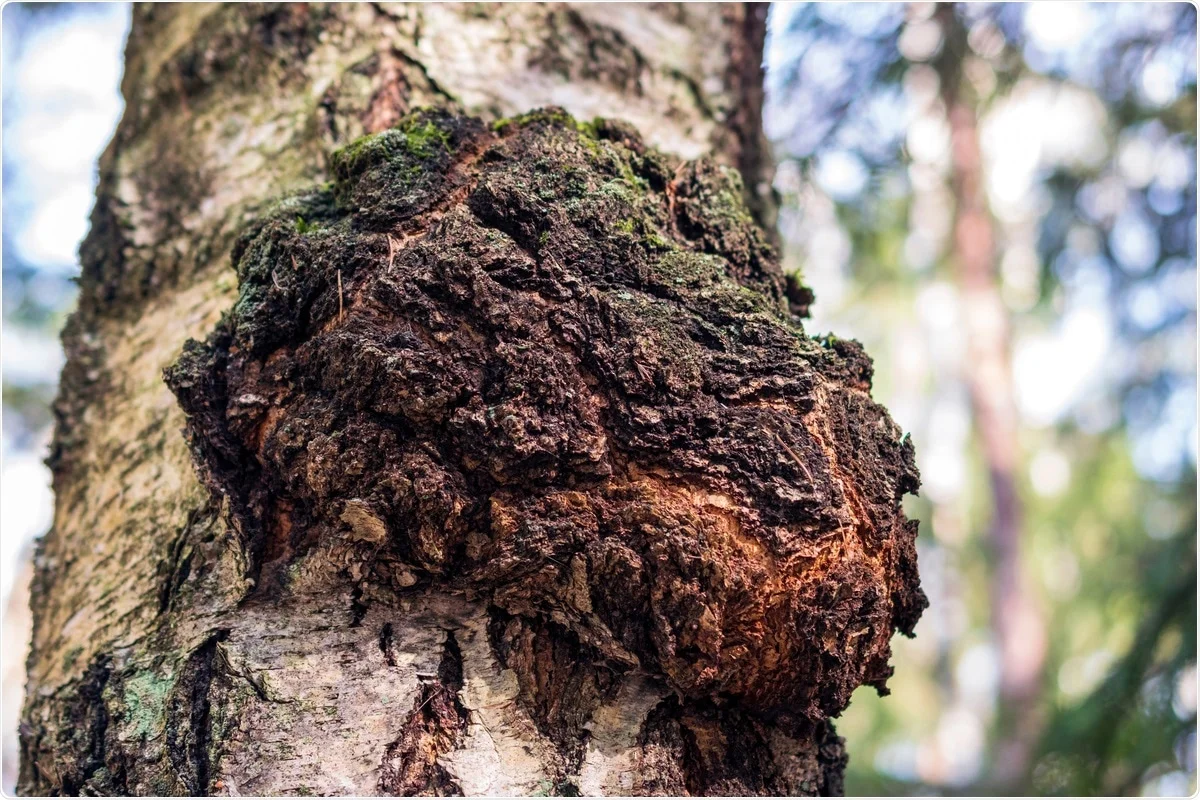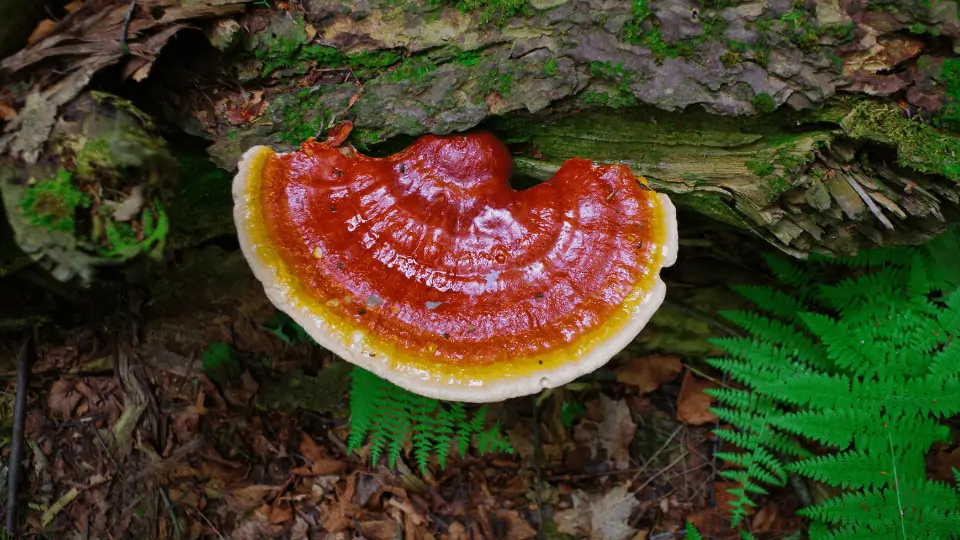call +64 204 098 5657 email:[email protected]
Mushroom growing in NZ is very restricted. We often get asked if we grow the following varieties. Sadly we are not allowed to grow or to even buy them as “fresh” in New Zealand.




There are so many varieties not allowed. It’s easier to list the 25 that are permitted (see below). Anything not on this list would fall under the Hazardous Substances and New Organisms Act 1996
In 1996 new legislation was introduced to protect our native species and agricultural industry from unintentional threats aka bio-security. This means anything not growing in NZ before 1996 does not make the cut, and importation is next to impossible. This is controlled by the EPA with MPI responsible for endorsing it.
However, a recent addition to this list (and it took a lot of effort to prove it was growing before 1996) is Pleurotus ostreatus. But, even with its inclusion on the list no Mushroom grower in NZ has successfully been able to import it. There is a caveat to this, see the section on the Blue Oyster mushroom below.
Fortunately, some of these can still be purchased if they have been processed, so frozen, canned or dried.
Can I grow or buy Lions Mane in NZ? The simple answer is no.
However, 2 similar varieties that are allowed: Pekepeke kiore (Hericium novae-zealandiae) and Coral tooth (Hericium coralloides) . These may be related (often referred to as cousins. Unfortunately, there is no scientific evidence to back up the claim that they have any health benefits.
Most people asking about Lions Mane (Hericium erinaceus) are interested in the health benefits because they have been scientifically validated in terms of health claims. To position the NZ Species as being similar enough that there is a benefit is misleading.
The NZ varieties can be used in recipes calling for Lions Mane as they have a similar texture and flavour.
For a health benefit, you can get Lions Mane as a supplement as it has been processed.
Note: many NZ mushroom growers confuse Pekepeke Kiore as Coral Tooth – but they are two distinct and separate mushrooms.
The story of Resihi (Ganoderma lucidum) is similar to Lion’s mane above. The actual Reishi is not allowed to be grown in NZ. Even dried Reishi is not allowed unless it has been processed into a powder. It is the only mushroom with such tight scrutiny when imported into NZ. However, like Lion’s mane, there is a “cousin” (3 in fact) in NZ that occurs naturally and can be grown. The main one is Ganodermia applanatum aka Artist’s Conk. This can be found growing on trees like mountain beech.
Further reading
Properties of Reichi G. lucidum compared to G. applantum. Ganoderma applanatum mushroom provides new insights into the management of diabetes mellitus, hyperlipidemia, and hepatic degeneration: A comprehensive analysis.
In 2019, it was proven that Pleurotus osteatus (often called the Blue Oyster Mushroom in NZ) was growing and being cultivated before the 1996 cut-off date. This meant the EPA had to pass a ruling that they can be imported and grown in NZ. However – no NZ mushroom grower has been able to successfully import it – as MPI has a very strict genetic test that disqualifies them. It should also be noted that MPI has historically taken a very strong dislike to this mushroom and efforts to relax regulations for it.
This variety of Oyster mushrooms is the most commonly grown Oyster mushroom in other countries. It is often the one referred to as “the” Oyster mushroom. It is very similar to the Grey (Phoenix) Oyster. One of the benefits of the Blue Oyster is that it lasts a bit longer after harvesting.
In a presentation, a Landcare research scientist made a statement that there was a possibility that the spore from the Pink Oyster mushroom may cross and ‘pollute’ the genetics of the native Oyster Mushroom Pleurotus parsonsiae (often called the Velvet oyster mushroom in NZ).
The Pink Oyster mushroom is one of the few varieties that the EPA allowed into NZ after the 1996 act, probably because they did not see a threat as it that would have a chance of surviving in the NZ environment. This is because the Pink Oyster is a tropical mushroom, adapted to life in the tropics and living on tropical hardwoods.
To date, there has been no evidence of such an event, either Pinks escaping into the wild or cross genetics. However, it is probably prudent that people do not grow the same varieties of mushrooms together.
Here’s a list of exotic, edible fungi approved for import. The mushroom varieties we are allowed to grow and buy fresh.
Here’s a link to the official list [https://www.mpi.govt.nz/import/plants-flowers-seeds-plant-growing-products/importing-fungi-growing/steps-to-importing-fungi-for-growing/]